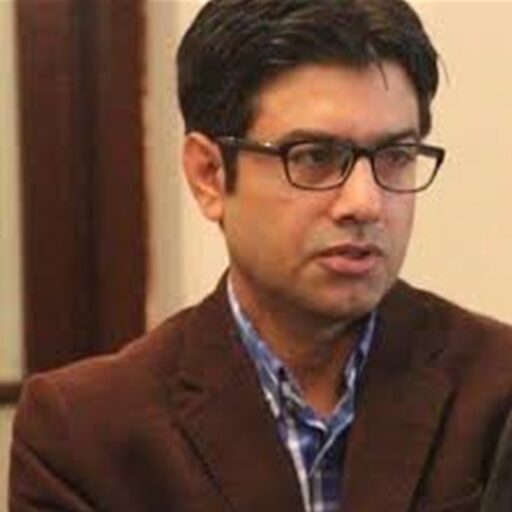Journey of Mushtaq Rajpar
Voices from Indian Sindhis-Bridging the gulf
Sindhis were divided during partition of British India in 1947. Though there was no document signed during the partition plan, there was still a mass migration. Sindh suffered most not in terms of human loss, but the educated Sindhi business & entrepreneur class, mostly from urban towns in Karachi, Hyderabad, Shikarpur, to name a few, were forced to leave Sindh. Sadly, Sindhi Hindus could not foresee that they wouldn’t be able to return, they embarked on a journey with a false hope to return.
With the advent of electronic and social media, Sindhis across the divide remain distant, there is no forum which could bring Sindhis together, where they could talk about what happened in the past, what went wrong, who to blame, the future of their language in both regions.
In this series of interviews with visiting Sindhi writers from India, Mushtaq attempts to discuss these questions.
Lachhman Komal Bhatia, journalist and writer
Dr. Moti Lal Jotwani, Indian Sindhi Scholar, PhD on Shah Latif
Gobind Khushhalani, Writer and Translator
Sindhi Writers Return from Indian visit, Reflection on Sindhi literature, Hameed Memon, Ishaq Tunio and Aijaz Qureshi
Partition and the ‘other’ Sindhi
The partition of the Subcontinent is still painful for millions across the border. They still remember the loss of homes and places they were born and lived in. Millions suffered in the process; were Gandhi, Nehru, Jinnah and Sardar Patel not able to predict what would happen? What was in making – the mass migration of families, and the resultant loot and plunder of properties and souls?
Seventy years after Partition, Sindh and its society has not recovered from the damage communal politics had caused. Migration destroyed very fabric of Sindhi society, because Sindhi Hindus were the most educated in the area. They were entrepreneurs, active in the arts and in music and theatre. Sindhi Hindus were pioneers of remarkable educational institutes – from NED to DG Science College – and hostels and hospitals, being at the forefront in all socio-cultural and welfare initiatives. A middle class which was formed in the process of history, it was gone within a few months. What was left was only a rich political elite and impoverished peasants living in rural areas. That gap has not yet been filled in Sindhi society.

The Indian Sindhis: Reconnecting with Their Roots
A conversation with prominent Sindhi writers Nandita Bhavnani and Saaz Agarwal
Moderated by Mushtaq Rajpar and Sohail Ansari
Join us for a thought-provoking dialogue with two influential voices in Sindhi literature, Nandita Bhavnani and Saaz Agarwal. These accomplished writers, whose families trace their roots to Sindh, have made significant contributions to documenting the Sindhi experience of Partition and its aftermath.
Through their insightful books, they shed light on the hardships endured by Sindhi migrants to India, their socio-economic struggles, and their inspiring journey toward resilience, pride, and prosperity.
Conversations among Sindhis across borders often circle back to a shared yearning: the desire for dialogue and connection between people who share a common history, land, language, culture, and identity. The Partition of 1947 dealt a severe blow to Sindhi identity, leaving behind wounds that persist to this day.
This session invites reflection on the need to heal these historical wounds, rekindle cultural ties, and honor the rich legacy of the Sindhi community.

